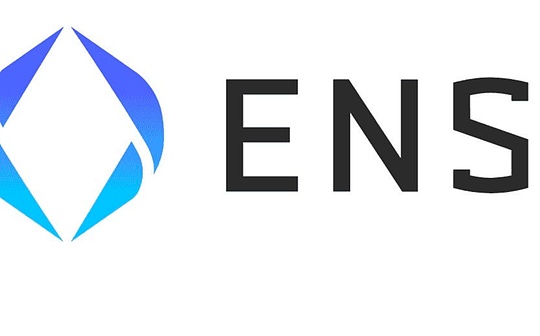
author:Chainfeeds
The ENS V2 plan is not only partially migrated, but it will also redesign the architecture from scratch.
Yesterday, ENS Labs announced the launch of the ENS V2 plan to expand the Ethereum domain name service (ENS) to Layer 2 to reduce the GAS cost by migrating part of the core function of ENS to Layer2.As early as 2020, the ENS team began to explore the combination of ENS and L2.In the past four years, the team’s work has continued from building a standard interface to realize the interaction between L2 and ENS, to developing dedicated L2, and continuous discussions around these solutions.
ENS not only received the attention of the community, but also received strong support from Vitalik Buterin.In the Ethereum developer survey questionnaire, Vitalik made it clear that he would use ENS to manage his name in Status applications.He has said that ENS is one of the most successful non -financial applications, and on social media, all Layer2 should be committed to developing a CCIP parser so that you can register, update and read ENS sub -domains directly on Layer2.
Introduction
ENS is a distributed, open and scalable naming system based on Ethereum.It aims to provide users in the Ethereum ecosystem with readable domain names that can be used to identify and interact.It maps the names of human readable (EXAMPLE.ETH) to the machine’s readable identifier, such as Ethereum address, other cryptocurrency addresses, content hash, metadata, etc.ENS supports “reverse analysis”, and users can also query related metadata through a given Ethereum address.
Similar to the traditional Internet domain name system, ENS allows users toMap the complex Ethereum address to a domain name that is easy to rememberEssenceThrough ENS, users can use simple domain names to receive cryptocurrency payment, access DAPPS and perform other operations related to Ethereum.These domain names are owned by different registry’s smart contracts. These smart contracts specify the rules of name allocation, such as ETH registers are responsible for. ETH domain names, allowing credible decentralized names to be used as tokens on the Ethereum blockchain to the Ethereum blockchain.Issuing, registration is completed through smart contracts, and the name ownership is guaranteed by the Ethereum blockchain.
In addition, ENS supports sub -domain names, which means that the owner of the domain name can control the process of analysis.For example, Alice has Alice.etH, then she can create a sub -domain name Pay.alice.eth under this domain name, and can configure and manage it according to her needs.
What are the changes in ENS V2?
The ENS V2 plan is not only partially migrated, but it will also redesign the architecture from scratch.ENS V2 will be implemented:
-
Reduce GAS costs:By migrating core functions such as the registration and renewal of the. ETH domain name to Layer 2, you can significantly reduce the cost of GAS related to these operations, so that ENS is more economical and faster.
-
Introduce a new architecture design:The ENS V2 plans to introduce a layered registration system, and each. ETH domain name will have its own personal registration form.It also means that each. ETH domain name will have an independent record to store information related to the domain name (such as the history of ownership transfer) and configuration (such as creating sub -domain names)., Thereby enhancing flexibility and customization.
-
Improve multi -chain interoperability:After migrating ENS to Layer 2, the. ETH domain name will integrate more smoothly into various blockchains.By using CCIP-Read Gateway (allowing Ethereum domain names to read operations on other blockchain networks) and compatible parsers, the user’s. ETH domain name can be uniformly connected between different networks.
At present, the team has begun to evaluate Layer 2 and which solution is more suitable for ENS migration. It has begun to formulate a gradual migration plan and timetable.Development and deployment of V2.







